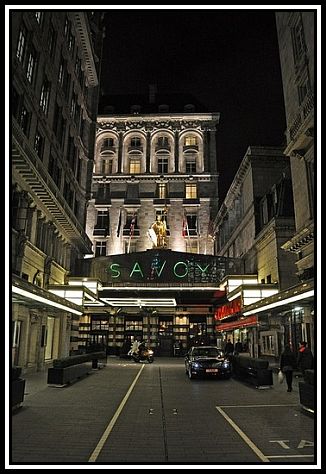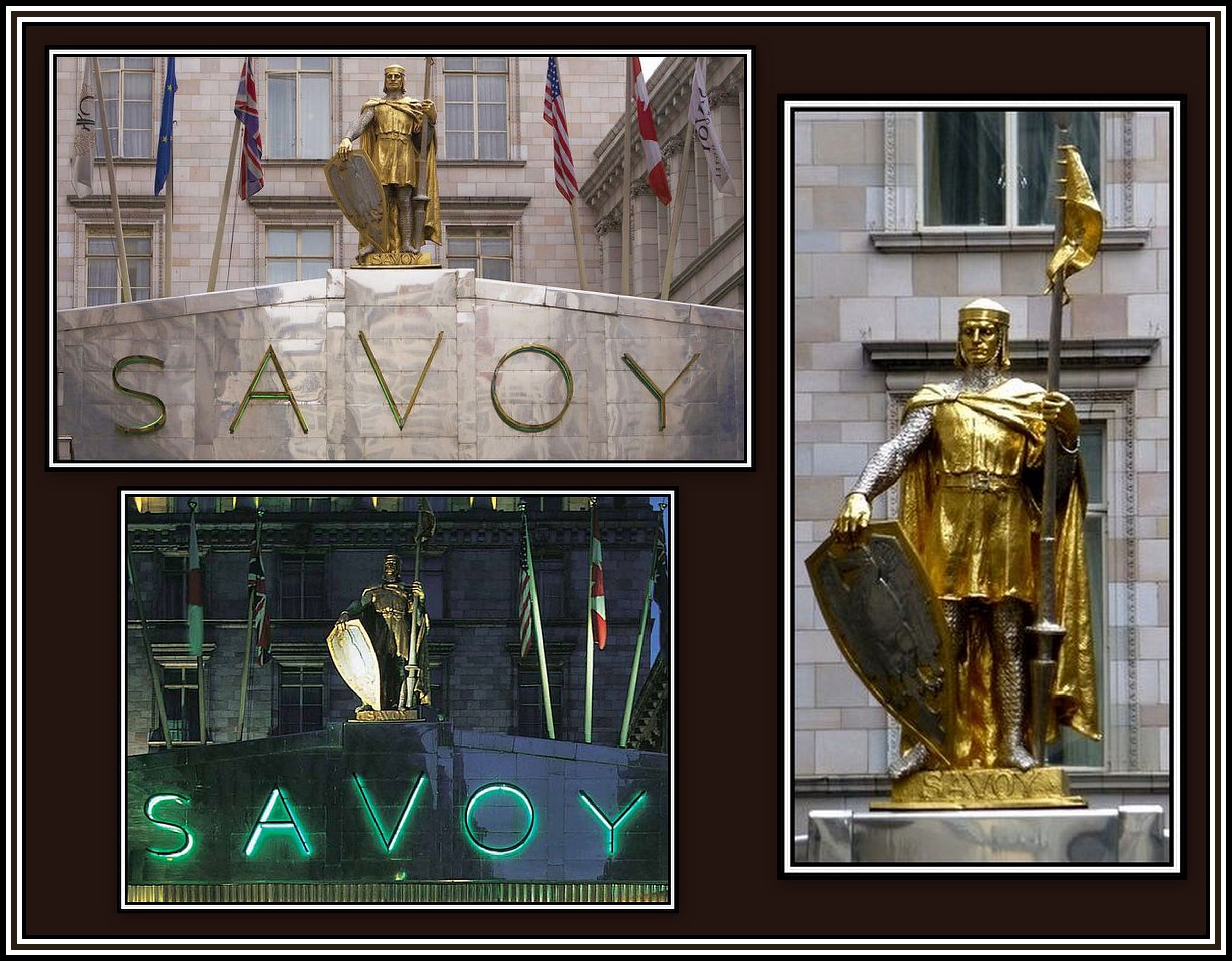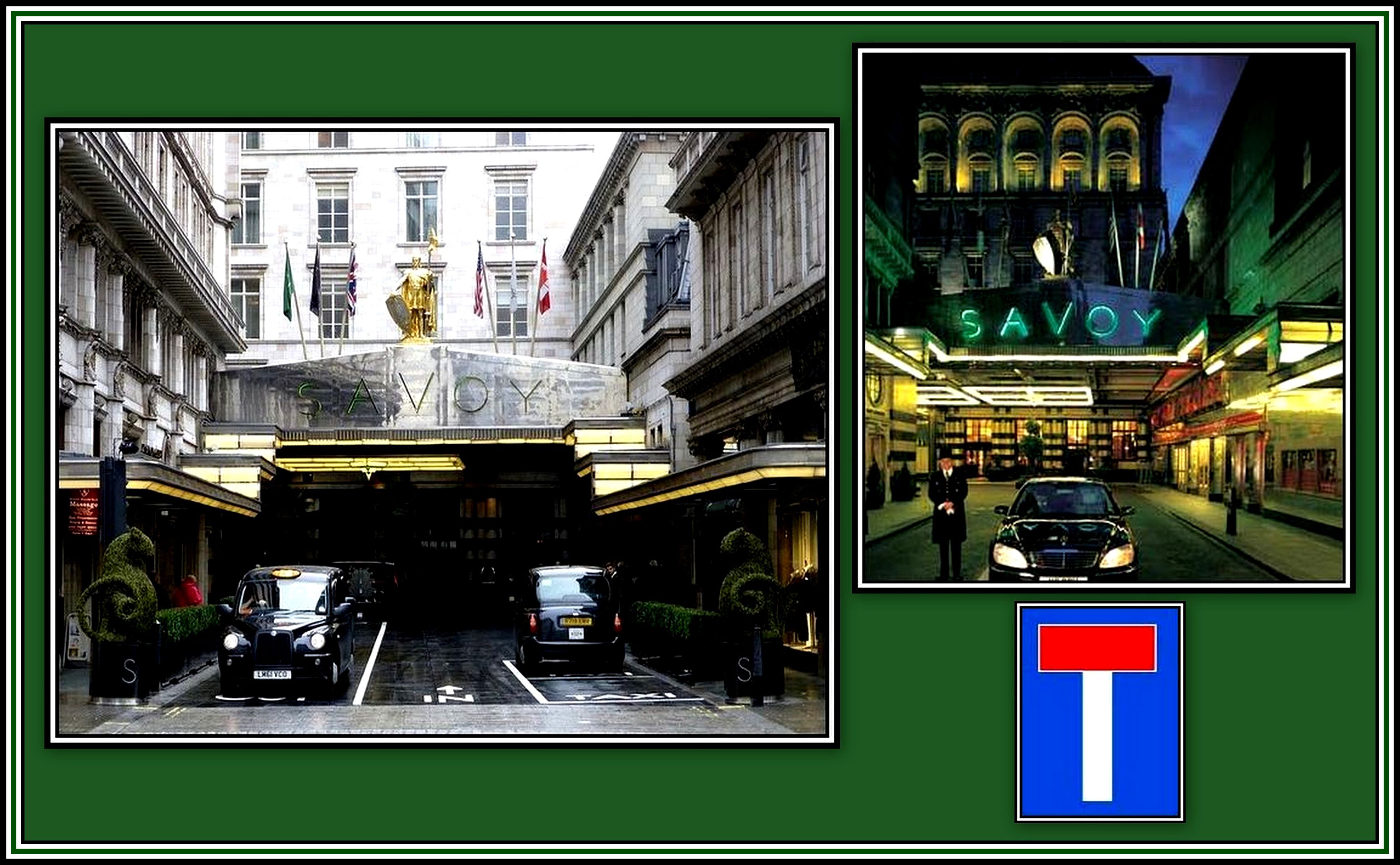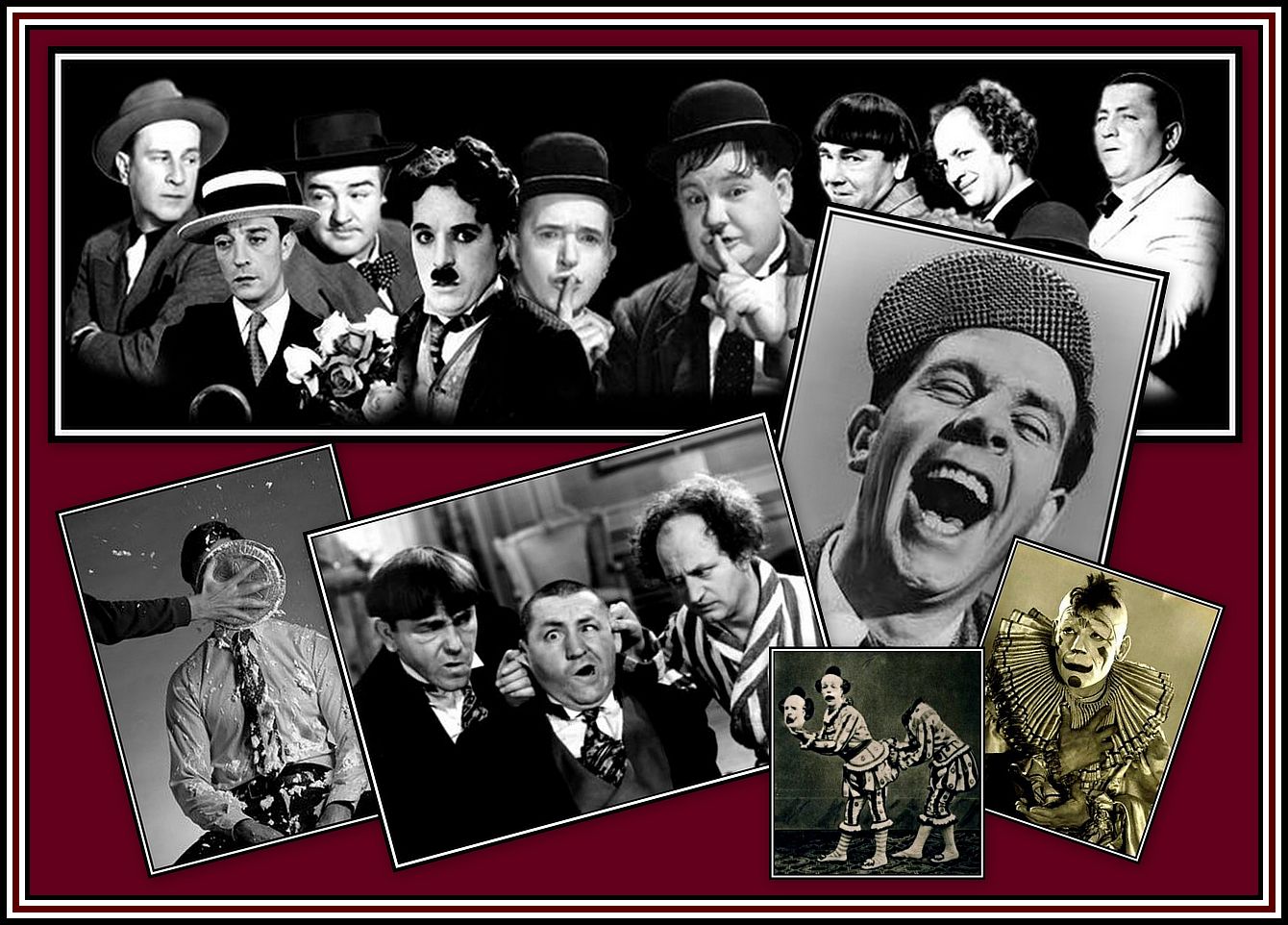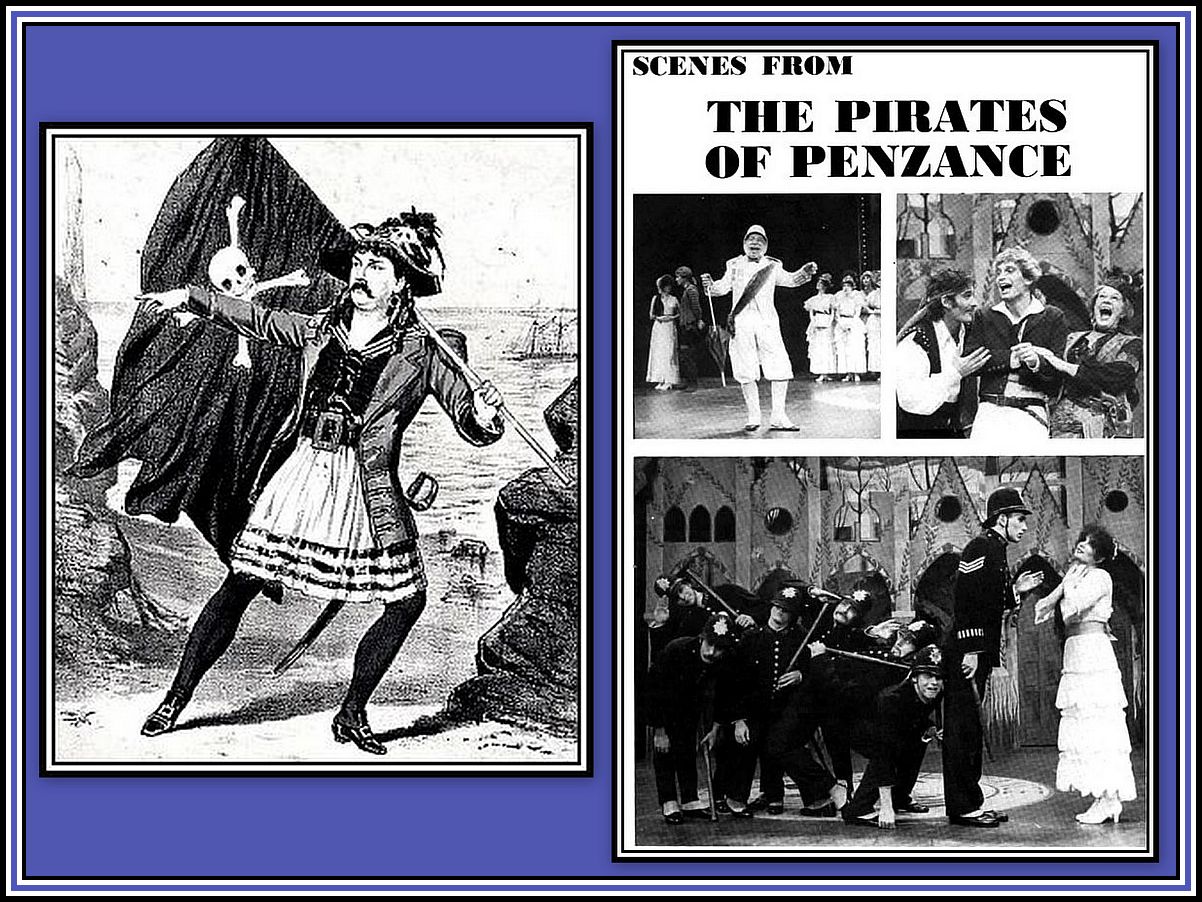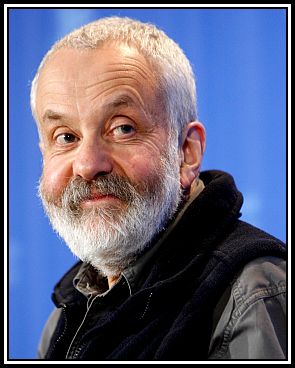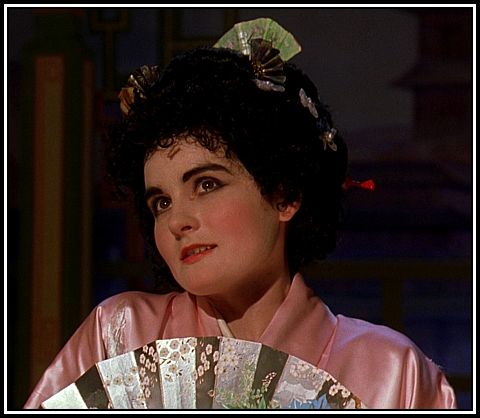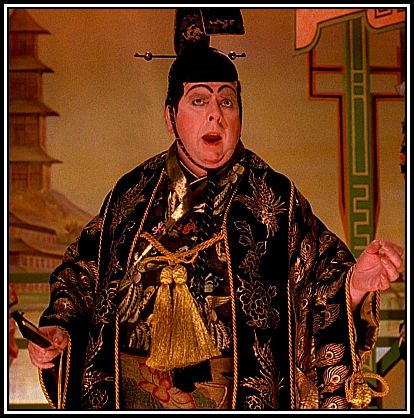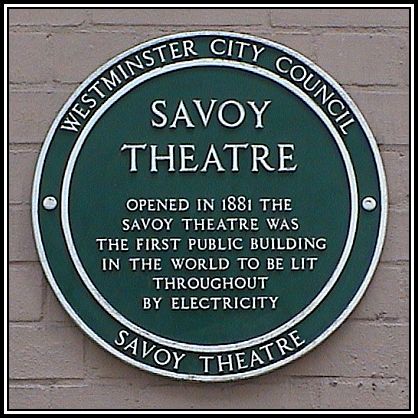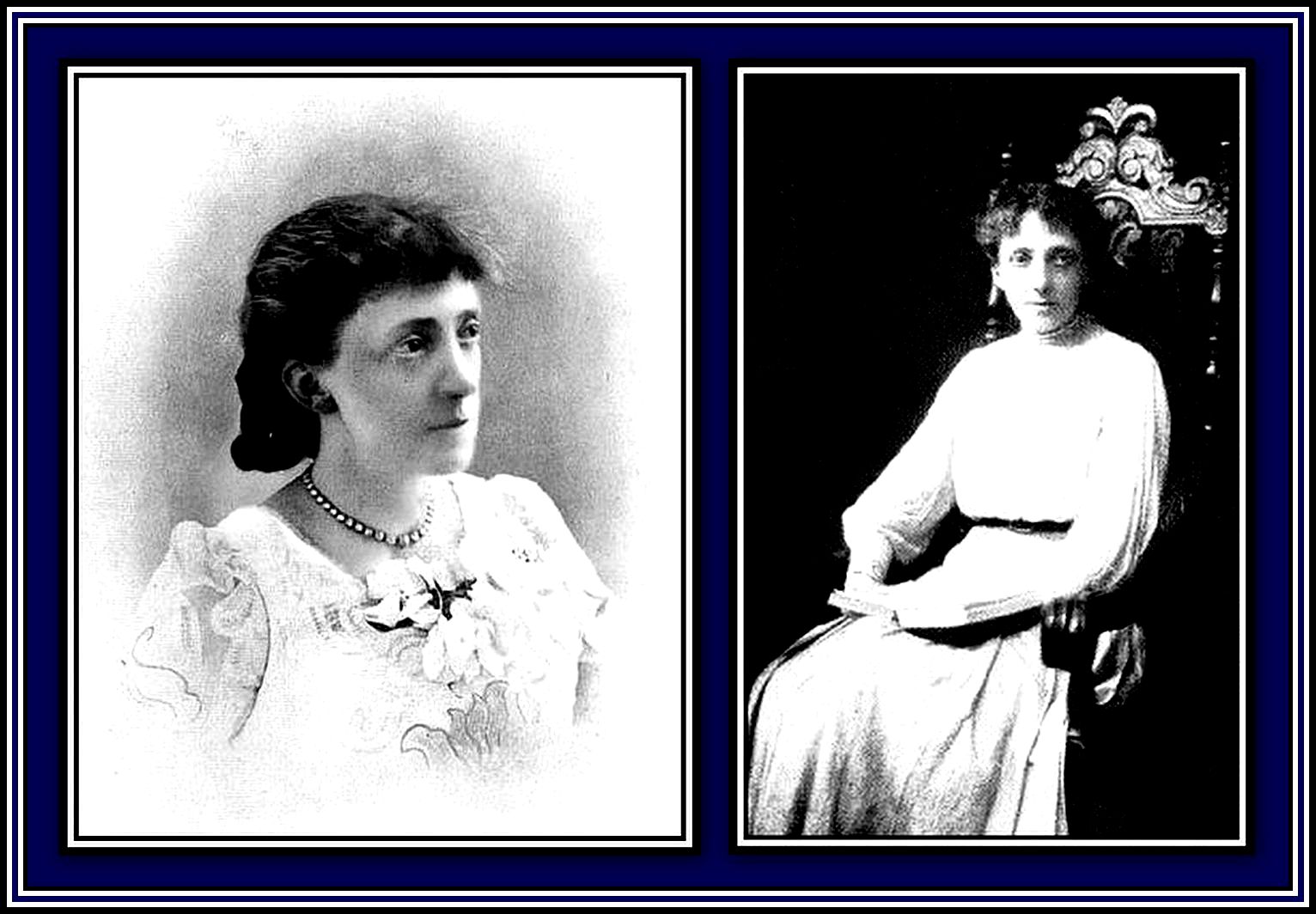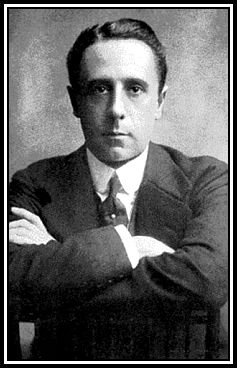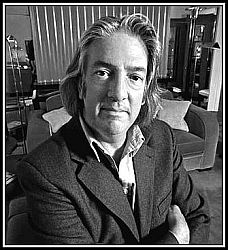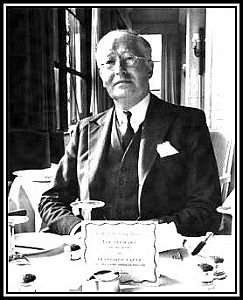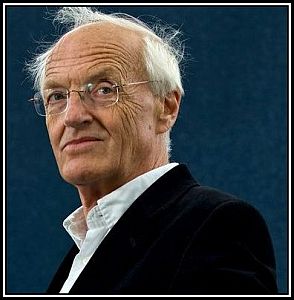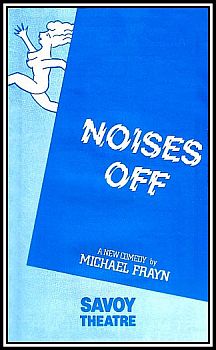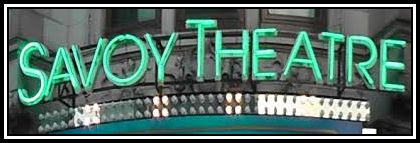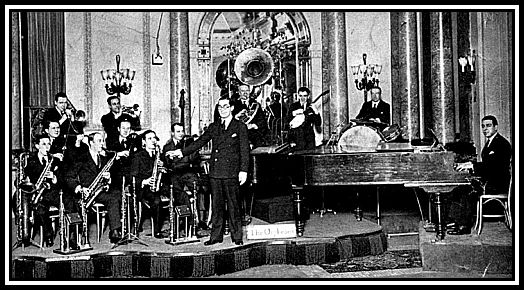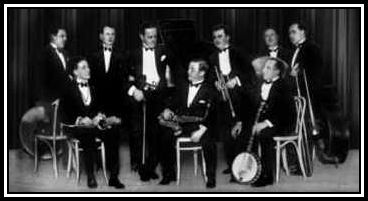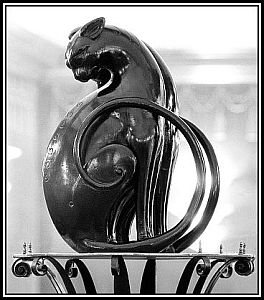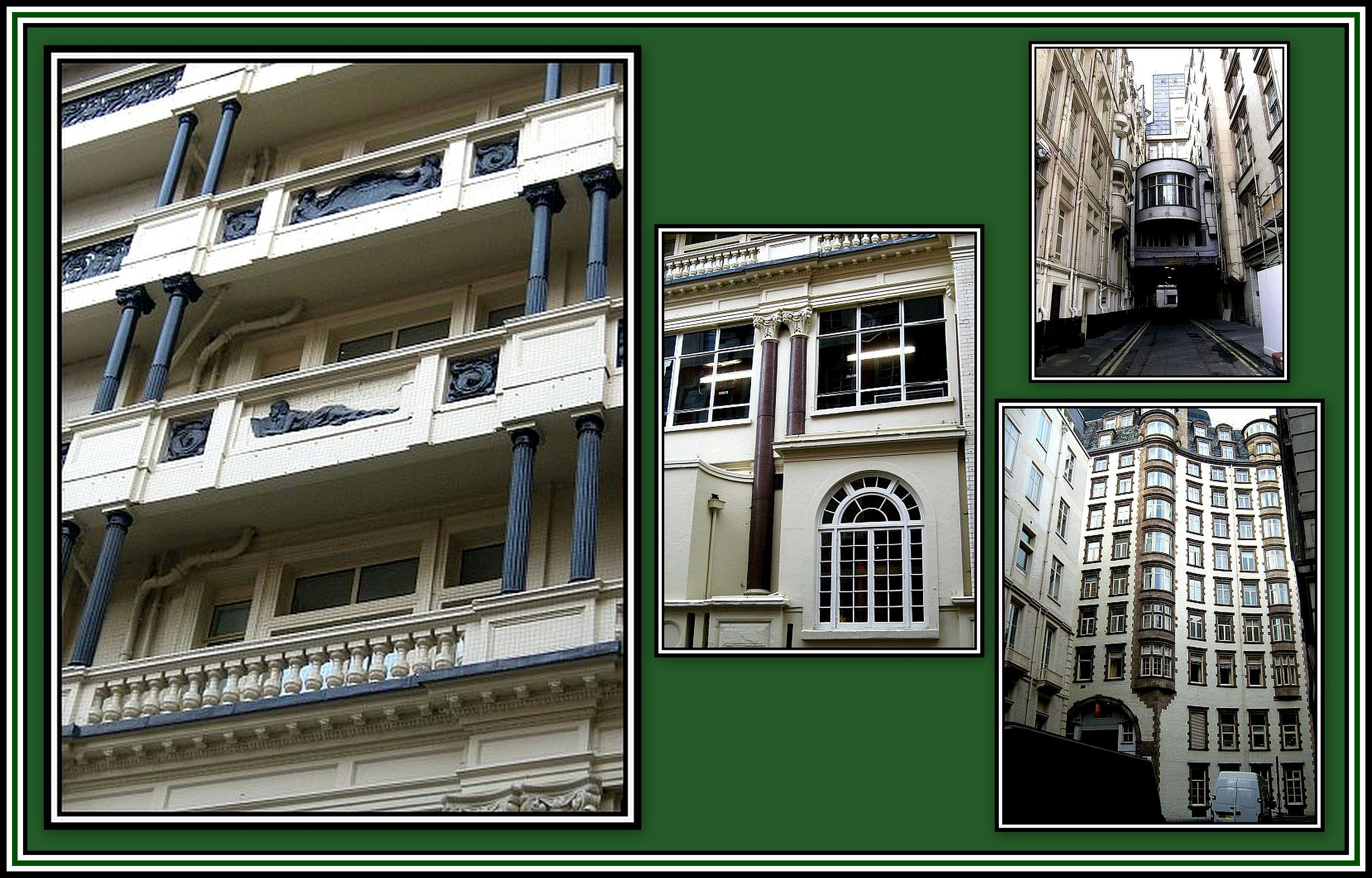A SERIES OF WALKS ALONG THE EMBANKMENT
THIS PAGE IS PRODUCED IN CONJUNCTION WITH
DAVE HILL
PART THREE: THE SAVOY HOTEL,
WATERLOO BRIDGE & SOMERSET HOUSE
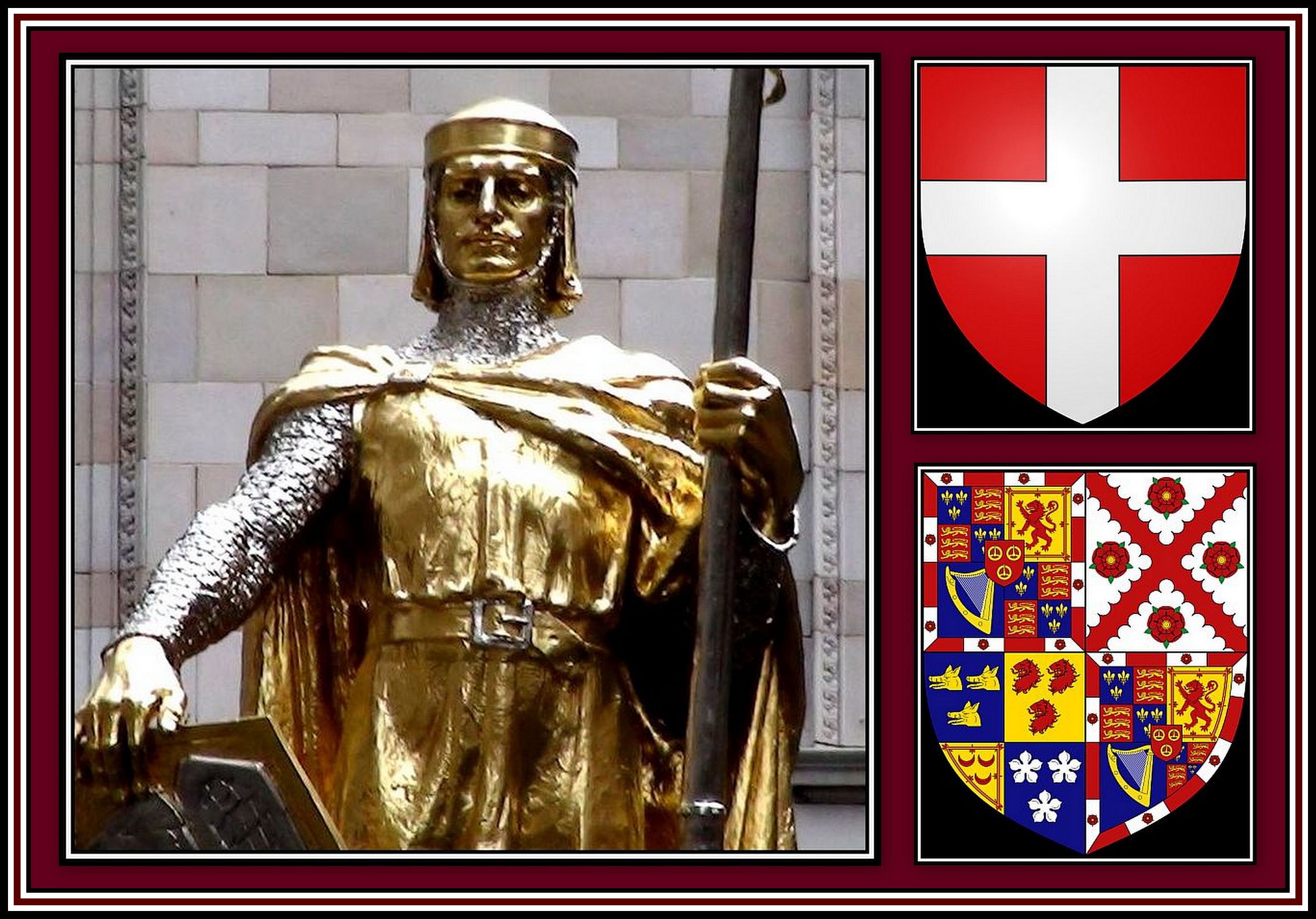 Peter II, Count of Savoy (Top Right: Blason or Coat of Arms) & Earl of Richmond (Botton Right: Blason)
Peter II, Count of Savoy (Top Right: Blason or Coat of Arms) & Earl of Richmond (Botton Right: Blason)
-oOo-
THE SAVOY HOTEL
Adjacent to the Shell-Mex House is the Savoy Hotel another building of interest to my father. I have to confess that we did not spend a great deal of time marveling at the building’s rear facade on The Embankment. However, he really appreciated the main entrance on Strand, and for once, so did I!
I have to confess that what first impressed me with the Savoy Hotel was the statue over the large canopy and the fact that the building had the Doorman. I was impressed by his uniform. It needs to be remembered that at this time it was fashionable to dress children of my age in a uniform. My outfit was naval and, as a result of recently learning of the exploits of Lord Nelson and being very impressed, I decided to assum the role of an Admiral. I was most distressed when I eventually outgrew the coat.
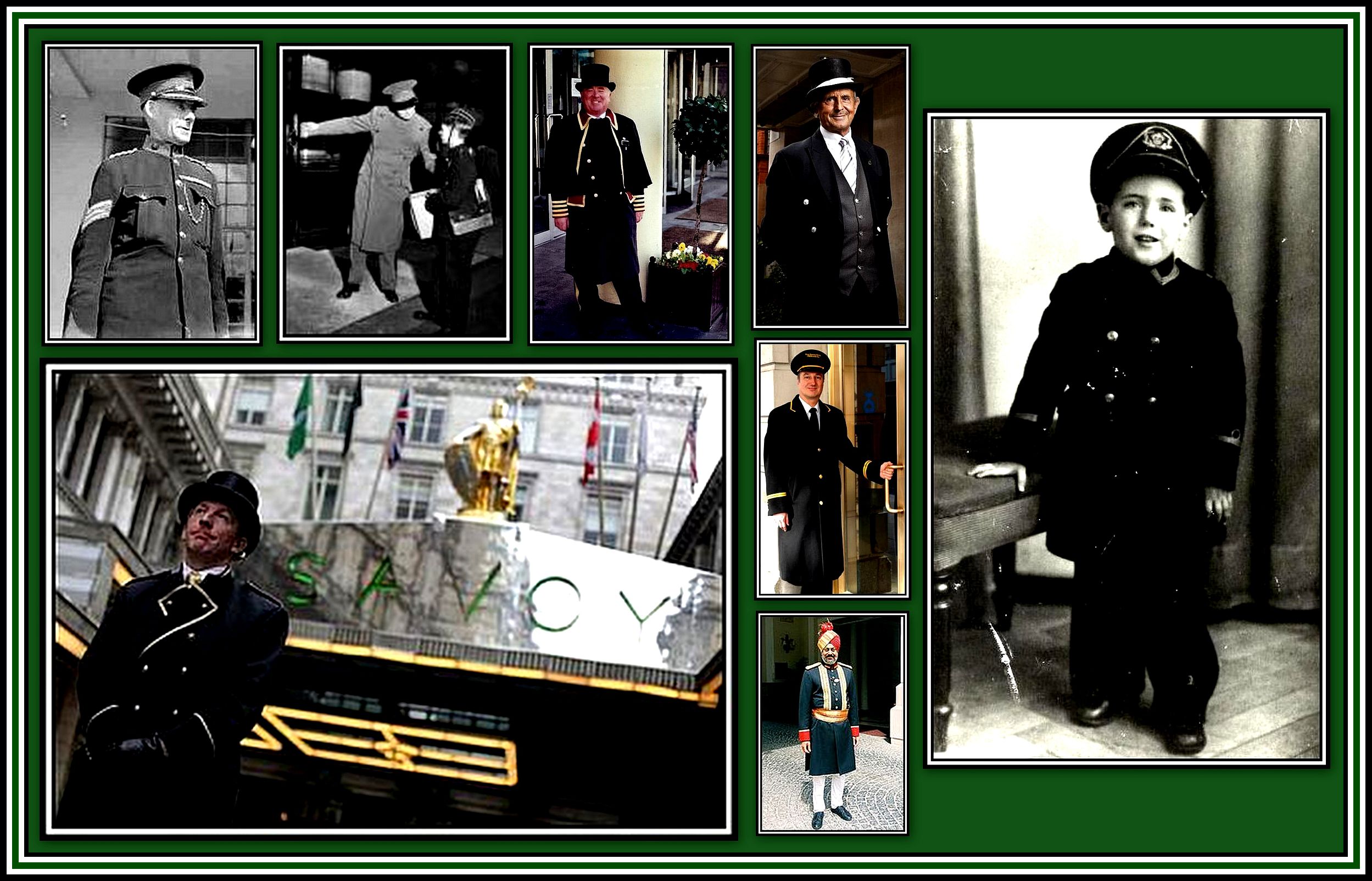 Doormen, a Page Boy & an Admiral
Doormen, a Page Boy & an Admiral
The entrance to the Savoy Hotel is an end of a short courtyard or cul-de-sac, which is unique in that it is the only road in London where vehicles are driven on the right hand side of the street.
-oOo-
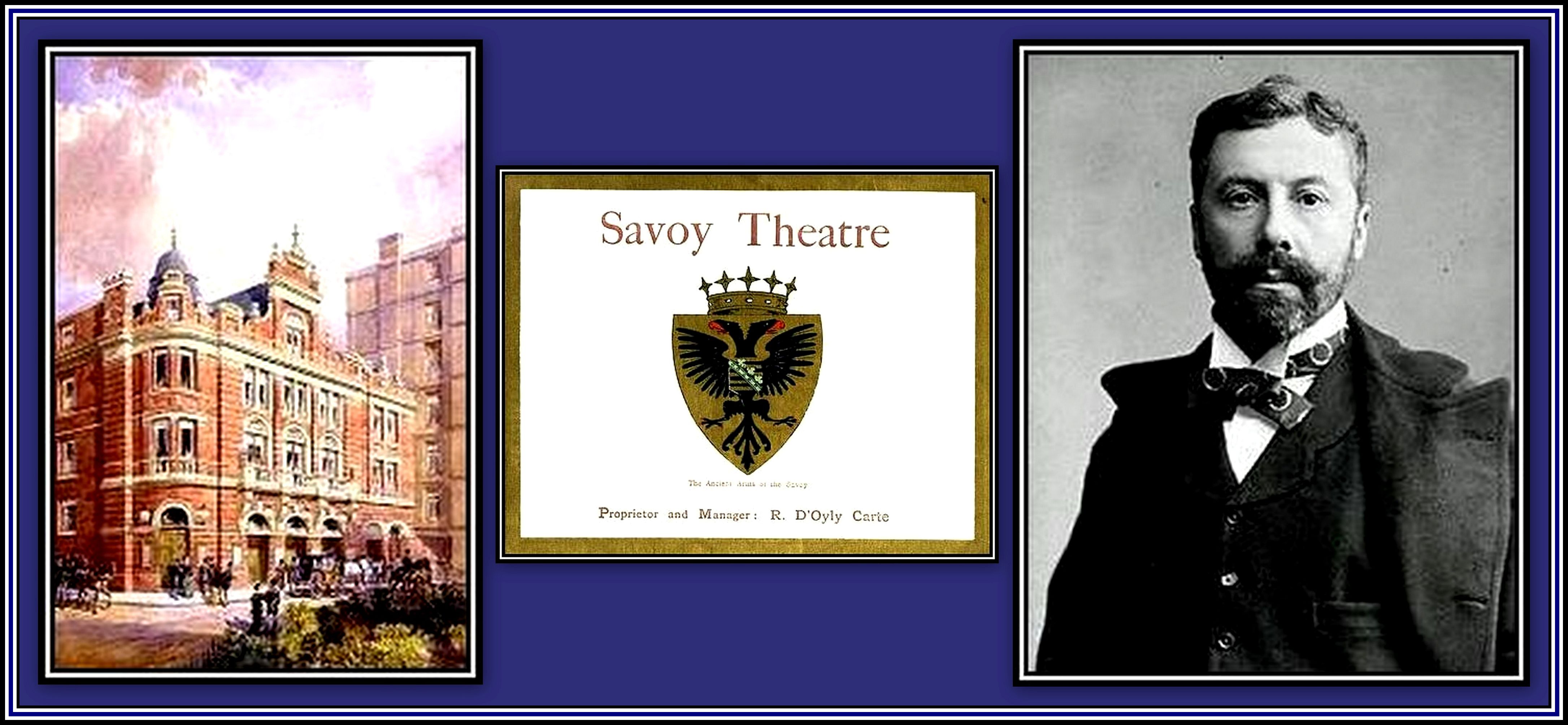 Left: The Savoy Theatre, 1881; Right: Richard D’Oyly Carte
Left: The Savoy Theatre, 1881; Right: Richard D’Oyly Carte
The Savoy Hotel is often referred to as London’s most famous hotel. The Hotel, with 268 rooms, was built in 1889 by the impresario Richard D’Oyly Carte (1844-1901) with monies earned from his presentations of the operettas of W.S. Gilbert (1836-1911) and Arthur S. Sullivan (1842-1900) at the Savoy Theatre that had been completed in 1881 and which had its original entrance on The Embankment. However, once the Hotel was built, the Theatre entrance was moved to the right side of the courtyard that now connected the Hotel to (The) Strand.
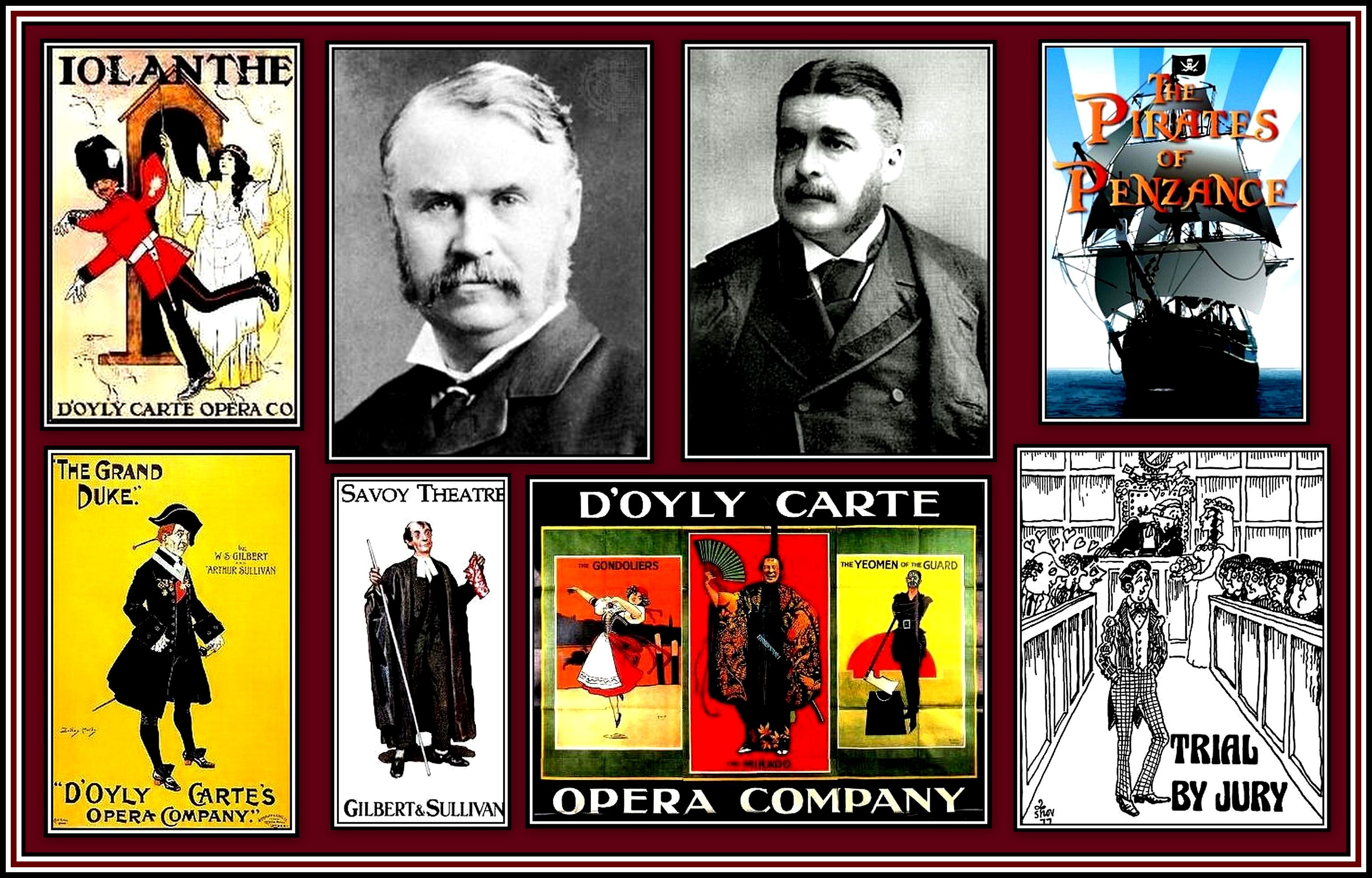 W.S. Gilbert (Left), A.S. Sullivan (Right) & Posters of Some of their Operettas
W.S. Gilbert (Left), A.S. Sullivan (Right) & Posters of Some of their Operettas
Click here to see a promotional film of The Mikado by the D’Oyly Carte Opera Company (1926)
Click here to see Martyn Green performing I am the very model of a Modern Major-General from The Pirates of Penzance (1955)
Click here to see and hear Three Little Maids from School performed on The Lily Savage Show (1998)
The last eight Comic Operas of Gilbert & Sullivan, which came to be known as Savoy Opera, were premièred at The Savoy Theatre. These productions were Iolanthe (1882), Princess Ida (1884), The Mikado (1885), Ruddigore (1887), The Yeomen of the Guard (1888) The Gondoliers (1889), Utopia, Limited (1893), and The Grand Duke (1896).
-oOo-
DIVERTISSEMENT
As a child, I was never a lover of Opera-Bouffe or Opera Comique and certainly not of the Operettas of Gilbert & Sullivan. I lumped all of these genres in with Slapstick Comedy, which I also disliked intensely. The reader will note that I was a child with very, very definite tastes and obviously had strong opinions, which were often reached without the proper research, I hasten to add!
I remember suffering as a child having to listen to my father playing pieces on the piano by Franz Lehár, Jacques Offenbach and assorted others including Gilbert & Sullivan. Of course, I have changed my opinion of the works of Lehár and Offenbach, but Slapstick Comedy and Gilbert & Sullivan efforts remained not to my taste.
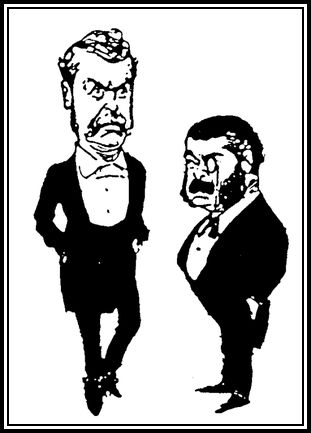 Gilbert & Sullivan ……. definitely not to my taste
Gilbert & Sullivan ……. definitely not to my taste
For some unknown reason, Gilbert & Sullivan received my most vehement criticism and I now realise that its root had nothing to do with their Operettas, but from my dislike of certain people who insisted on appearing in Amateur Dramatic Productions and who thought that they had talent!
When I moved to Langley in 1953, I went to a school where many of the teachers were involved in local amateur dramatics. The major society in Slough produced a Gilbert & Sullivan operetta each year and the town’s shops had an advertisement in their windows once rehearsals began. Almost everyone attended one of the performances and always seemed to enjoy it. The local newspaper always waxed lyrical about the production and was certain to mention the names of all principle players. I dismissed the accolades as coming from yokels who knew nothing of the theatre!
Being a Londoner, and an East Ender at that, as well as being a total snob, I was interested only in the Avant Gaurde and saw myself as being very sophisticated and cool. This meant that my major interests were in West Coast Jazz, European films and certain London Theatre (Arts Theatre and Old Vic) Productions. So when it came to local Amateur Dramatics and Gilbert & Sullivan, I was often heard to say that I would not be caught dead going to such a spectacle. And indeed I did not!
It was not until 1981 that I saw my first production of a Gilbert & Sullivan Operetta. But this was not a usual production!
The first Gilbert & Sullivan Operetta that I saw was The Pirates of Penzance, which was produced by Joseph Papp & The Public Theatre of New York. The production was lavish and had an All-Star Cast. I was overwhelmed by the sheer fun of the production, especially that from the Pirate Captain, and also found the music to have a certain appeal. In fact I enjoyed this production so much that I saw it twice!
Of course Gilbert & Sullivan Operettas are not as popular today as they once were. There are no longer as many performances being presented around the country. Gone are the days of the D’Oyly Carte Touring Companies traveling up and down the country and occasionally abroad. In addition, Amateur Dramatics is no longer a popular pastime, and besides which, tastes have changed and free-time is at a premium.
Recently I watched the film, Topsy Turvy, which was made in 1998. I have to confess that I had not heard of it, which I am sorry to say. The film is set during the rehearsals leading up to the premiere of the first production of The Mikado and deals with the clash of ideas of the composers.
I found the film, directed by the great Mike Leigh, to be immensely entertaining and interesting. I was amazed that I found most of the music of Sir Arthur Sullivan presented in the film to be more than pleasant, which is quite a change of mind! However, it was during the last minutes of the film that finally turned me, after all these years of criticism, into an ardent admirer of Gilbert & Sullivan.
Mike Leigh
Towards the end of the film, the excellent Shirley Henderson, who plays Yum Yum, sings the very beautiful, The Sun whose Rays are all ablaze. Suddenly, the joys and delights of Gilbert & Sullivan was revealed to me! I became a fan! And since then I have made it my business to discover other works by them and learning that I most certainly under-estimated some of these Operettas.
Click here to see and hear Ms Henderson sing this song
Click here to see the 2000 Trailer
Click here to see and hear Timothy Spall as The Mikado
-oOo-
THE SAVOY THEATRE
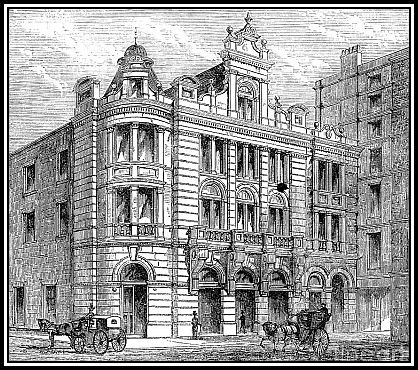 The Savoy Theatre with its entrance on The Embankment in 1881
The Savoy Theatre with its entrance on The Embankment in 1881
Mr. D’Oyly Carte and his manager, George Edwardes introduced several innovations at the Savoy Theatre. These included:
- numbered seating
- free programme booklets
- good quality whisky in the bars
- the queue system for the Pit and Gallery; and
- a policy of no tipping for cloakroom or other services.
In addition, the Savoy Theatre was the first public building to be fully lit by electric light. Sir Joseph Swan, inventor of the incandescent light bulb, supplied ~1,200 Swan incandescent lamps, which were powered by a 120-horsepower (89 kW) generator housed on open land close the Theatre.
-oOo-
Following the end of the Gilbert & Sullivan partnership, Mr. D’Oyly Carte, and later his widow, Helen, together with her manager from 1901–1903, William Greet, staged other Comic Operas at the Theatre by Sir Arthur Sullivan and others including Merrie England (1902).
Mrs. Helen D’Oyly Carte was a remarkably well-educated and talented woman who helped her husband in his business ventures throughout their marriage. When Mr. D’Oyly Carte died in 1901, the Theatre, the Opera Company and the Hotel passed to her and she assumed full control of the family businesses.
Mr. D’Oyly Carte died in 1901 and although Mrs. Helen D’Oyly Carte married Stanley Carr Boulter, a barrister, in 1902, she continued her Savoy business dealings and always used the name Carte while doing so with her second husband assisting her.
The Savoy Theatre closed in 1903, but was reopened in February 1904 under the management of John Leigh and Edward Laurillard. Following this, Mrs. Carte leased the Theatre to other managements until 1906.
Rupert D’Oyly Carte (1876-1948) took over as Chairman of the Savoy Hotel in 1903, which Mrs. Helen Carte continued to own. Between 1901 and 1906, the popularity of The D’Oyly Opera Company declined. The number of D’Oyly Carte Repertory Companies touring the U.K. were reduced steadily until only one remained.
Following the repertory season of 1908, The D’Oyly Carte Company did not perform in London again until 1919, but continued to make tours throughout Britain. Mrs Carte wrote in 1911 that her health made it impossible for her to produce any more revivals at the Savoy Theatre. In March 1909, Charles H. Workman assumed management of the Theatre from the now frail Mrs. Carte. However, despite poor health, she continued to manage the rest of the family businesses with the assistance of Rupert.
Mrs. Carte died in 1913 of a Cerebral Haemorrhage complicated by Acute Bronchitis. She left the Savoy Theatre, the Opera Company and the Savoy Hotel to Mr. Rupert D’Oyly Carte.
-oOo-
In 1915, Mr. Rupert D’Oyly Carte, took over the management of the Theatre and in 1919 re-introduced The D’Oyly Carte Opera Company to the public with the intention of making its productions a success, which they were.
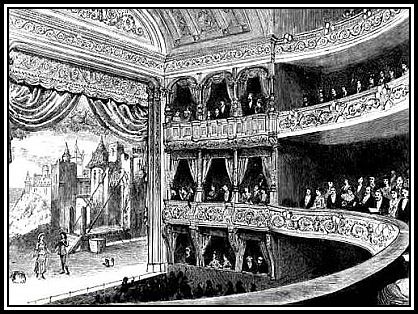 The Stage & Part of The Auditorium of The Savoy Theatre in 1881
The Stage & Part of The Auditorium of The Savoy Theatre in 1881
In June 1929, he closed the Savoy Theatre and had its interior rebuilt to the designs by Frank A. Tugwell and décor by Basil Ionides (1884-1950).
On discussing the décor of the Savoy Theatre, Mr. Ionides said that he took ……..
the colour scheme from a bed of zinnias in Hyde Park with the ceiling painted to resemble an April sky; the walls, translucent gold on silver; the rows of stalls richly upholstered in different colours and the curtain repeating the tones of the seating.
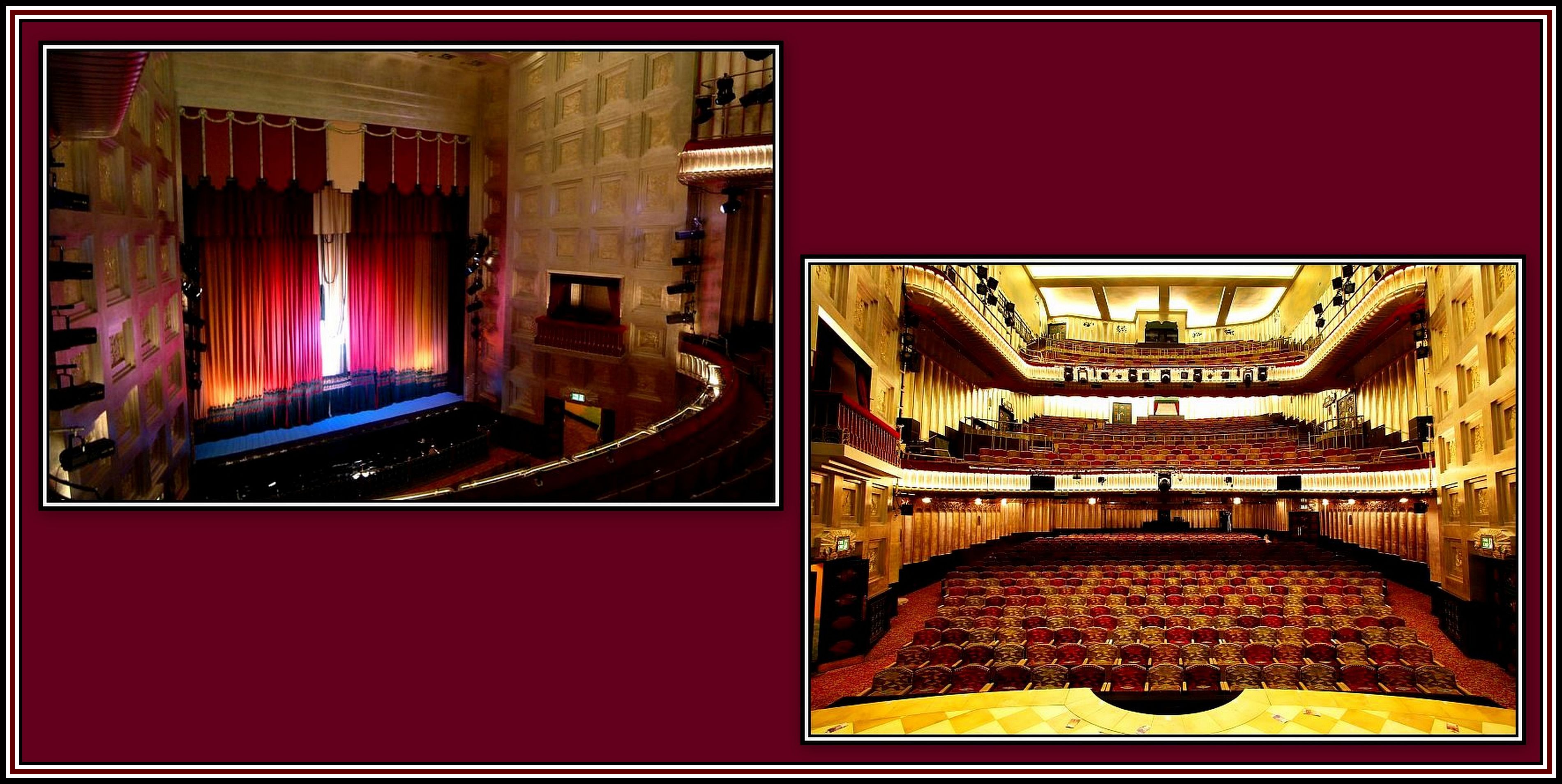 The Remodeled Auditorium of the Savoy Theatre
The Remodeled Auditorium of the Savoy Theatre
(Left) Photograph taken by Iain Hallam (2002) showing the one Box; (Right) From the Stage
The Theatre reopened on 21st October, 1929 with a new production of The Gondoliers designed by Charles de Sousy Ricketts (1866-1931) and conducted by Sir Malcolm Sargent (1895-1967). A number of changes were made to the general architecture of the auditorium: for example, where there were once 18 Boxes, following the rebuilding, there was only one, and on opening night, this was occupied by Lady Gilbert, the widow of Sir W.S. Gilbert.
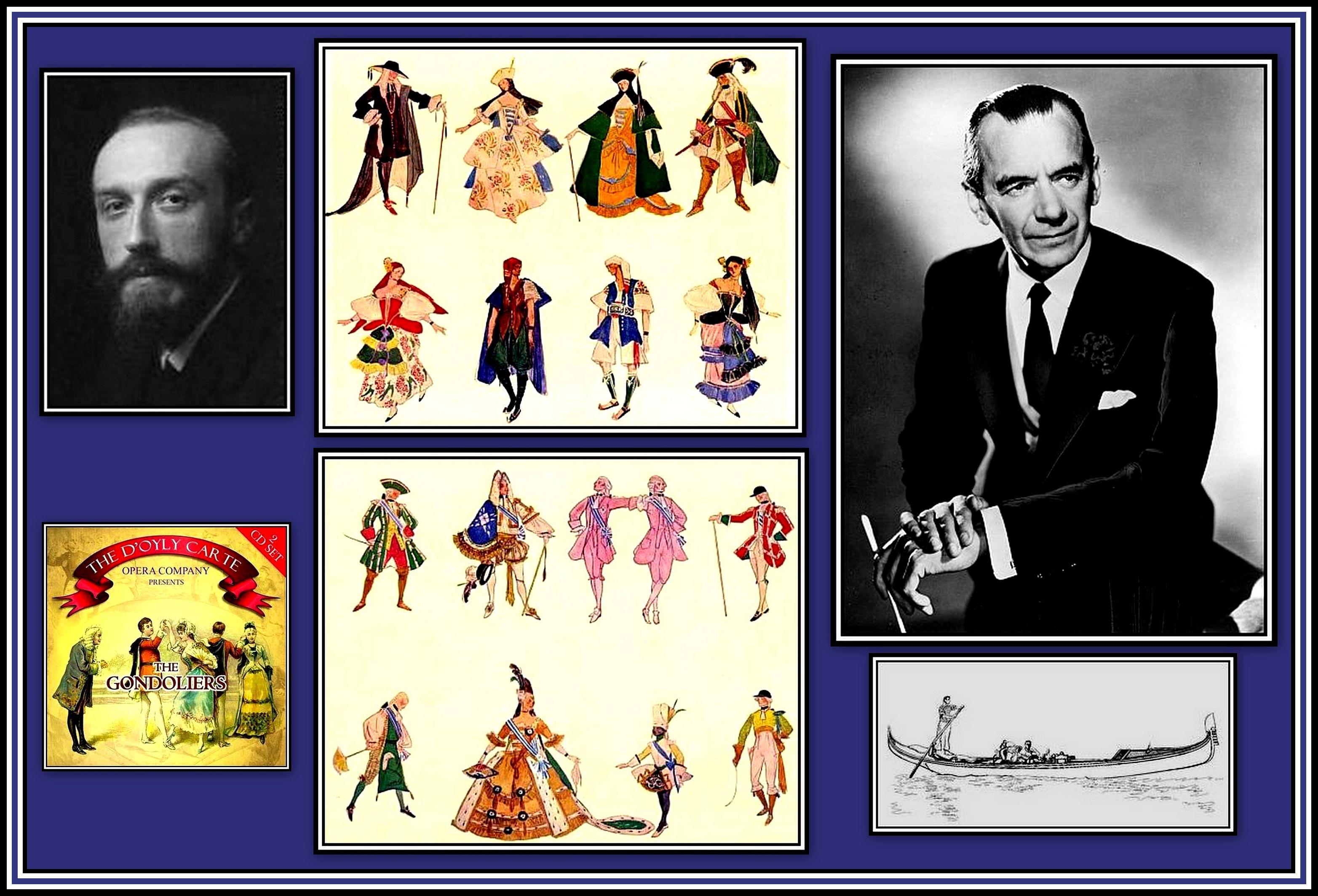 Top Left: Charles de Sousy Ricketts; Centre: Illustrations of Costumes for the production of The Gondoliers; Top Right: Sir Malcolm Sargent
Top Left: Charles de Sousy Ricketts; Centre: Illustrations of Costumes for the production of The Gondoliers; Top Right: Sir Malcolm Sargent
Click here to hear Act 1 of The Gondoliers performed by The Pro Arte Orchestra with The Glyndebourne Festival Chorus and conducted by Sir Malcolm Sargent
Click here to hear Act 2 of The Gondoliers performed by The Pro Arte Orchestra with The Glyndebourne Festival Chorus and conducted by Sir Malcolm Sargent
-oOo-
Gilbert & Sullivan Seasons continued to be offered at the Savoy Theatre periodically until 2003. In addition the Theatre hosted a number of plays and musicals that were well-received.
When Mr. Rupert D’Oyly Carte died in 1948, his daughter, Miss Bridget D’Oyly Carte, succeeded to The D’Oyly Carte Opera Company and became a director and later president of The Savoy Hotel Group, which controlled the Theatre. Management of the Theatre was assumed in 1948 by Sir Hugh Wontner, chairman of The Savoy Hotel Group.
The D’Oyly Carte Opera Company closed in 1982. In 1985, Dame Bridget D’Oyly Carte died, and since she was childless, it brought the family line to an end. Sir Hugh Wontner (1908-1992) continued as chairman of the theatre until his death in 1992.
Sir Hugh Wontner
-oOo-
Unfortunately, I have only been to the Savoy Theatre on one occasion. I remember finding the decor to be quite remarkable. I entered the Theatre through the main entrance and was amused to find that I had to descend into the auditorium.
When I went to the Savoy, I saw the comedy, Noises Off, written by Michael Frayn. The play has a wonderfully amusing premise: it is essentially a play within a play and offers three versions of Act One of a bad comedy that is produced in a series of small theatres in the Provinces.
The first Act One takes place at Dress Rehearsal and reveals that the cast is not quite ready for Opening Night; the second Act One is a performance some weeks later and is seen Back Stage thereby revealing some of the problems and difficulties that have developed amongst the cast, which leads to the play descending into chaos; but it is the third version that these problems truly come to fruition! Here Act One is presented to audience some weeks later and the disagreements between cast members have increased. Despite efforts to hide missed ques, mishaps, and general meanness, the cast fails miserably and mayhem ensues. Since the play within a play is a farce, mishap upon mishap leds to a number of double entendres and mounting slapstick.
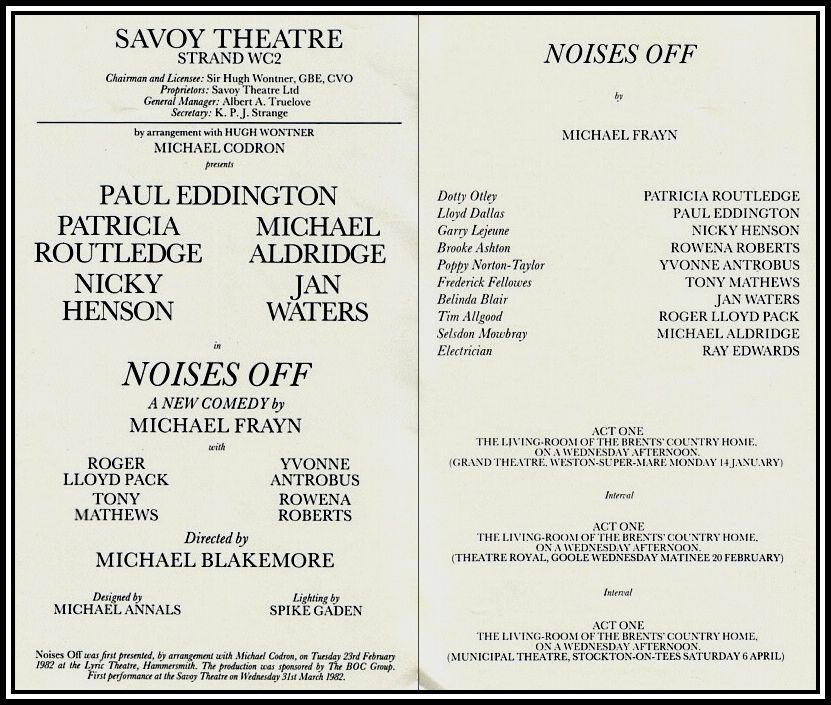 Original Cast at The Savoy Theatre
Original Cast at The Savoy Theatre
When I saw the play, the cast consisted of well-known personalities including Paul Eddington (1927-1995) who had appeared in The Good Life, Yes Minister and Yes, Prime Minister and Wendy Richards (1943-2009) who had appeared as Miss Brahms in Are You Being Served? and who would go on to play Pauline Fowler in Eastenders.
 Paul Eddington with the cast of The Good Life (Top Right) & Yes Minister (Bottom Right)
Paul Eddington with the cast of The Good Life (Top Right) & Yes Minister (Bottom Right)
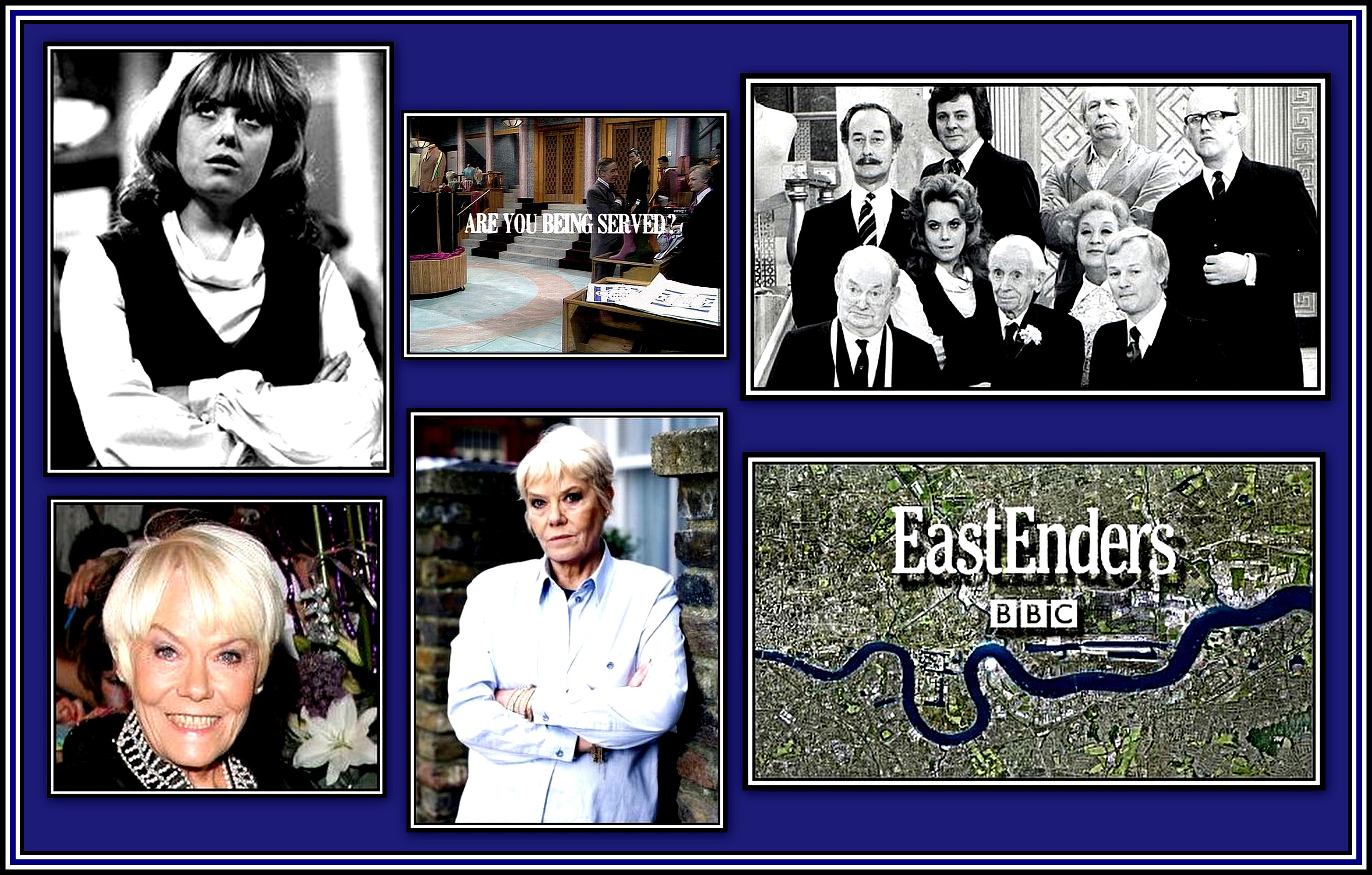 Wendy Richards as Miss Brahms (Top Left); with the cast of Are You Being Served? (Top Right); and as Pauline Fowler (Bottom, centre) in Eastenders
Wendy Richards as Miss Brahms (Top Left); with the cast of Are You Being Served? (Top Right); and as Pauline Fowler (Bottom, centre) in Eastenders
Noises Off apparently opened to excellent reviews and ran at the Savoy Theatre for five years. It also opened on Broadway where it was a success and was later filmed. It has since been revived in both the West End and on Broadway. Even though I found the play to be cleverly written and relatively entertaining, I did find it quite exhausting to watch and so have not had the necessary energy to see either the film or a revival.
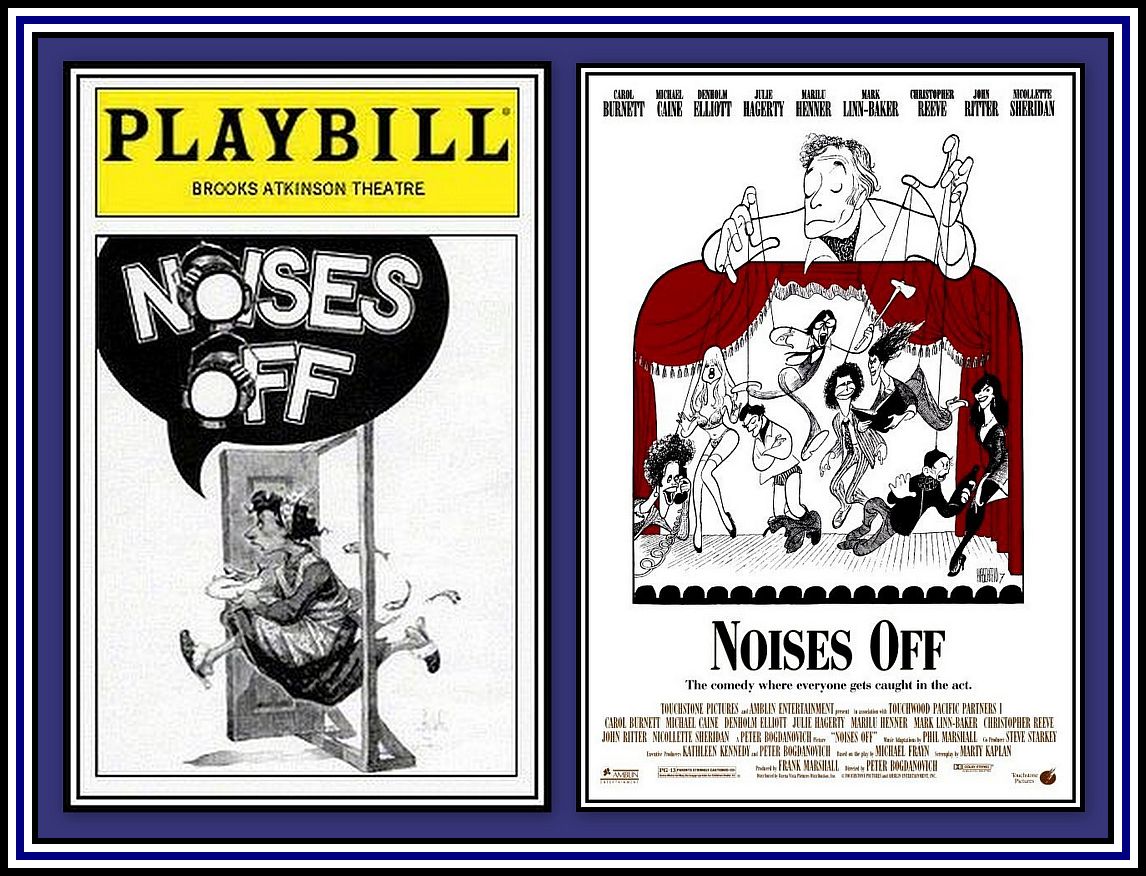 (Left) Broadway Playbill; (Right) Film Poster
(Left) Broadway Playbill; (Right) Film Poster
-oOo-
The Savoy Theatre was to be renovated in February 1990. During the work, a fire broke out and raged through the Theatre leaving only the Stage and Backstage areas untouched. It was proposed to build a modern style theatre, but the insurance companies and English Heritage would not agree. Fortunately, it was decided to restore the Theatre to the 1929 designs of Tugwell and Ionides. The work took place under the direction of the architect Sir William Whitfield, Sir Hugh Wontner and the Theatre’s manager, Kevin Chapple.
The restored Savoy Theatre opened on 19th July, 1993, with a Royal Gala, which included a specially commissioned ballet, Savoy Suite, by Wayne Sleep to a score based on the music of Sir A.W. Sullivan.
-oOo-
THE SAVOY HOTEL CONTINUED
The site where the Savoy Hotel & Theatre were constructed has a long history. Peter II, Duke of Savoy (1203-1268) traveled to England with his niece, Eleanor of Provence (1223-1291), when she came to marry Henry III (1207-1272) in 1241. Henry III made Peter Duke of Richmond and also gave him land on the north side of the River Thames where he built the Savoy Palace together with a Chapel in 1263.
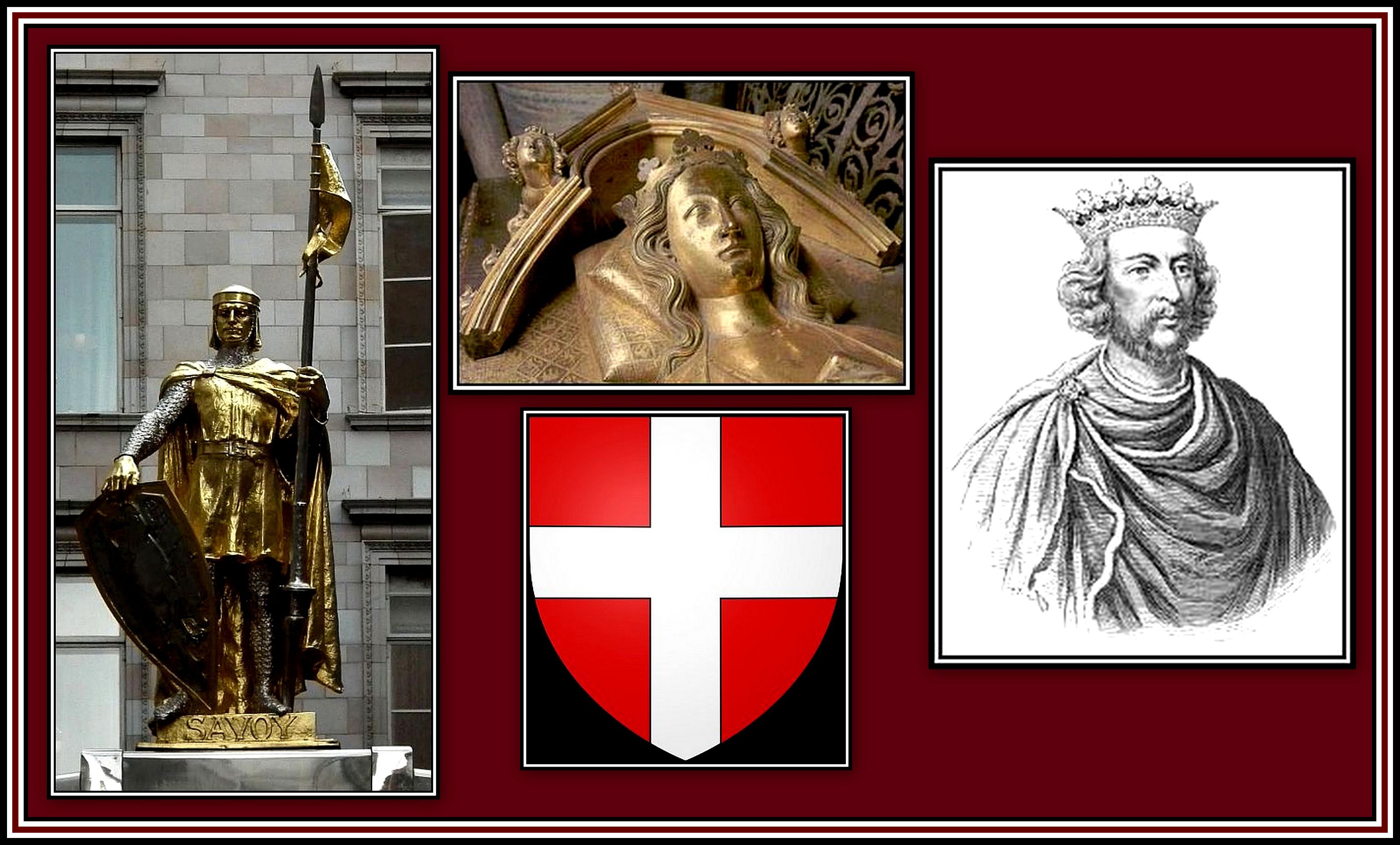 (Left) Peter II, Count of Savoy; (Centre Top) Eleanor of Provence, her tomb at Westminster Abbey; (Centre Bottom) Coat of Arms of The House of Savoy; (Right) Henry III
(Left) Peter II, Count of Savoy; (Centre Top) Eleanor of Provence, her tomb at Westminster Abbey; (Centre Bottom) Coat of Arms of The House of Savoy; (Right) Henry III
The land on which the Savoy Palace stood passed to Blanche of Lancaster (1345-1368), the wife of John of Gaunt (1330-1399), the first Duke of Lancaster and third Earl of Richmond. The Palace was considered to be the most magnificent nobleman’s house in England and was famous for its collections of tapestries and other ornaments. Geoffrey Chaucer began writing The Canterbury Tales while working at the Palace as a clerk. The Palace and the original Chapel were burned down during the Peasant’s Revolt of 1381.
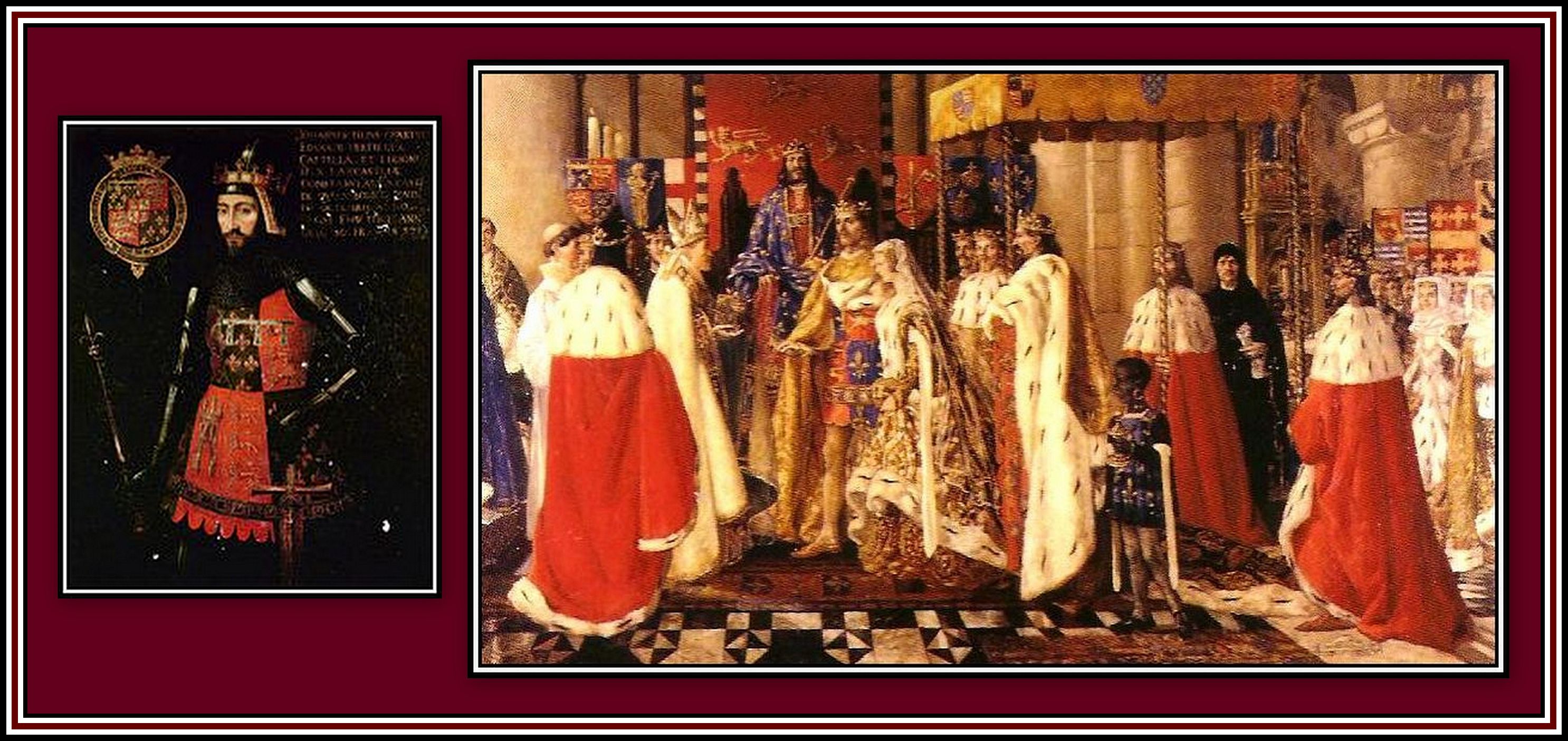 (Left) John of Gaunt; (Right) The Marriage of Blanche of Lancaster to John of Gaunt at Reading Abbey on 19th, May 1359, painted by Horace Boardman-Wright (1888-1915) & appears with permission of Reading Museum (Reading Borough Council, 2015)
(Left) John of Gaunt; (Right) The Marriage of Blanche of Lancaster to John of Gaunt at Reading Abbey on 19th, May 1359, painted by Horace Boardman-Wright (1888-1915) & appears with permission of Reading Museum (Reading Borough Council, 2015)
In about 1505, Henry VII (1457-1509) endowed money to build a hospital on the palace ruins, which was opened in 1512 and remained in use until 1702. The buildings were then used for other purposes including a barracks and military prison until demolished and the new construction undertaken.
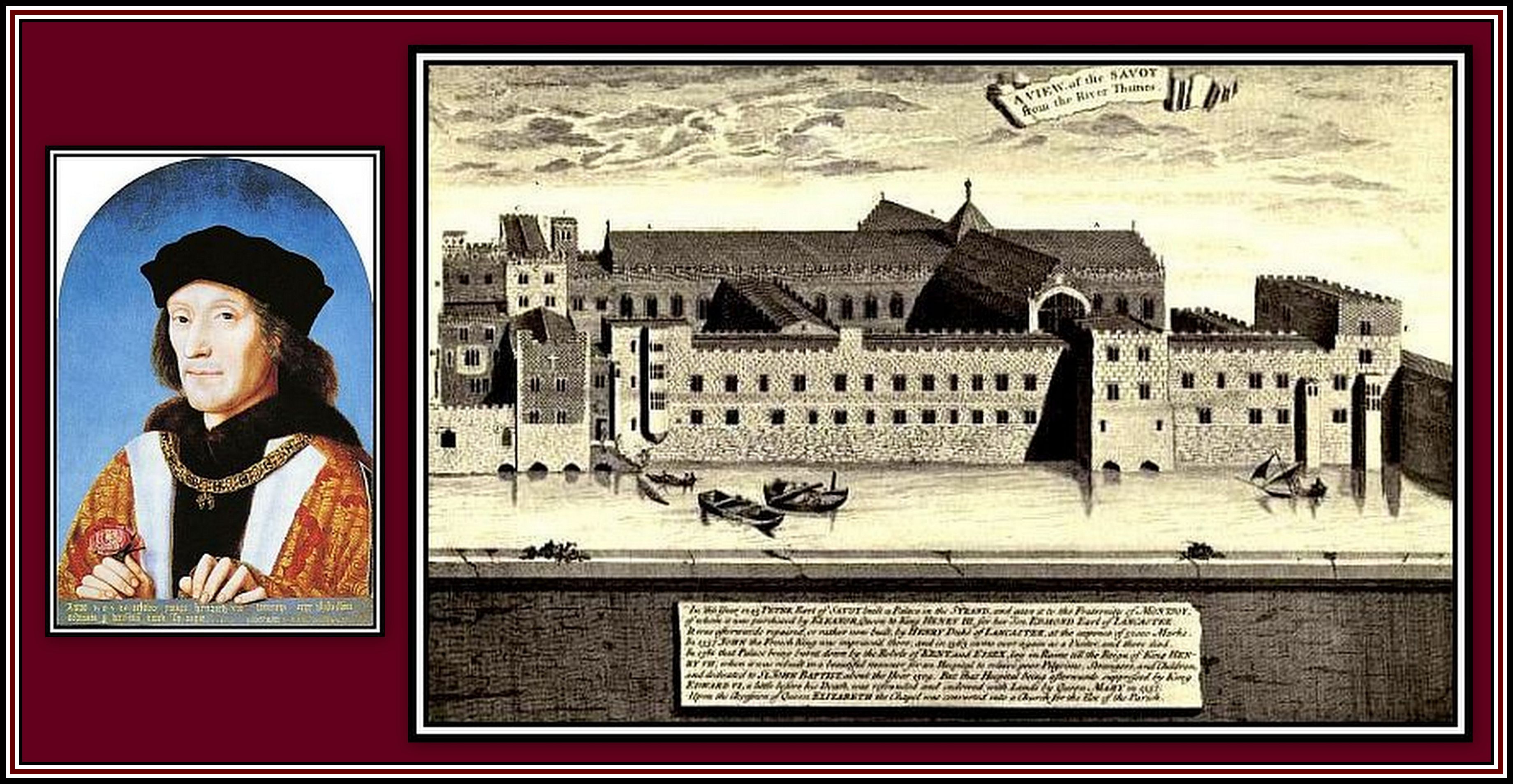 Left: Henry VII; The Savoy Hospital from Vetusta Monumenta and appearing in
Left: Henry VII; The Savoy Hospital from Vetusta Monumenta and appearing in
 The Savoy Hospital in 1650 drawn by Wenceslaus Hollar (1607-1677)
The Savoy Hospital in 1650 drawn by Wenceslaus Hollar (1607-1677)
In 1864, these buildings were destroyed by fire leaving only the stone walls and the Savoy Chapel. The site remained unused until 1880 when it was purchased by Mr. D’Oyly Carte.
-oOo-
The Chapel that was part of The Palace built by Peter II, Count of Savoy, was also destroyed during the Peasants’ Revolt of 1381. It was also known as the Queen’s Chapel of the Savoy and dedicated to St John the Baptist.
The present Savoy Chapel was built between the 1490’s and 1512 by Henry VII close to the Savoy Hospital. Today the Chapel is still under the governance of Duchy of Lancaster and is therefore a Royal Peculiar, which means that it is not under the jurisdiction of a Bishop, but under the reigning monarch. The building has been designated, as a Grade II* listed building by English Heritage.
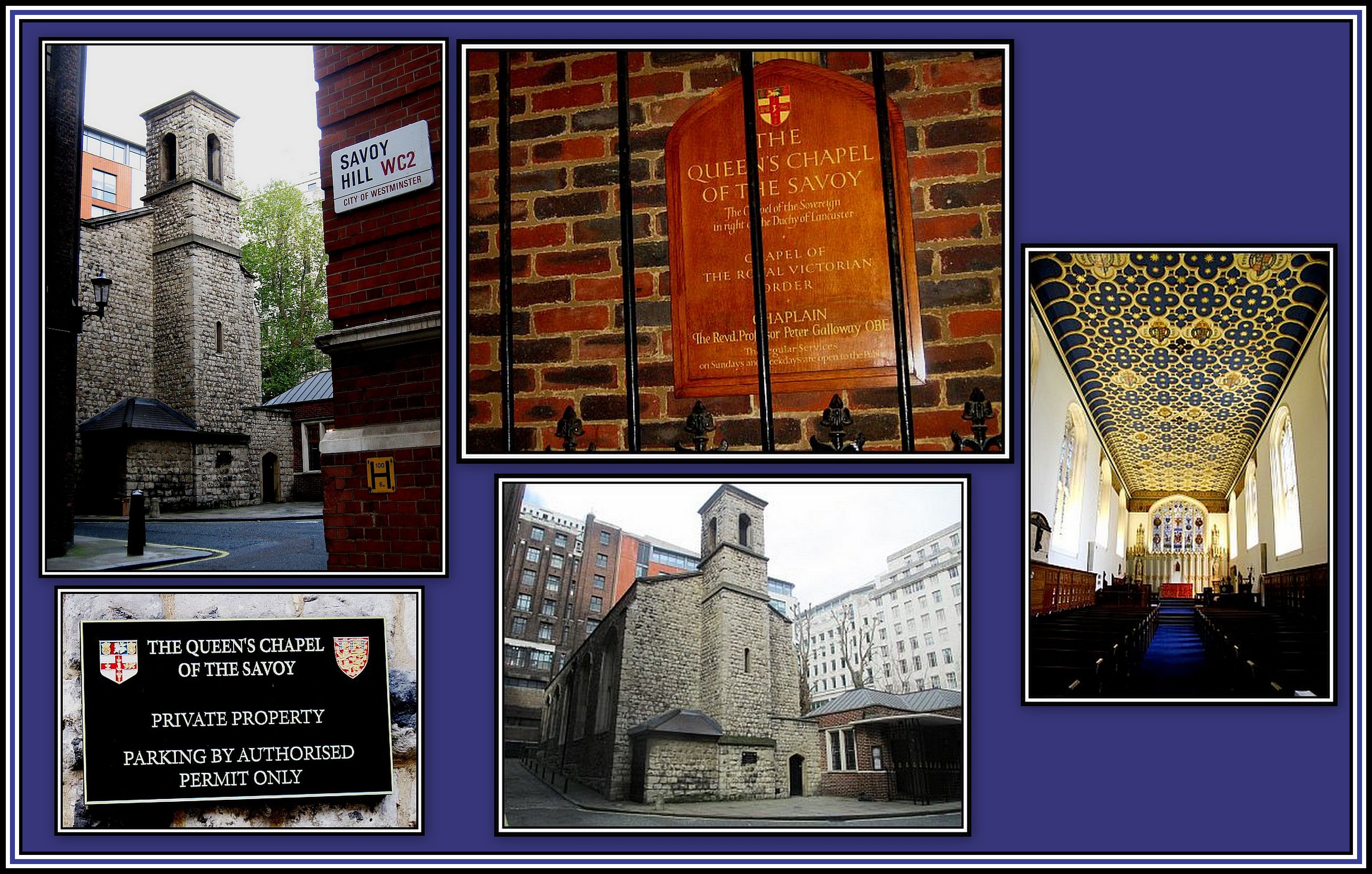 The Queen’s Chapel of the Savoy
The Queen’s Chapel of the Savoy
The Chapel suffered much during the Second World War with the destruction of many of its stained glass windows. Fortunately, the memorial window dedicated to Mr. D’Oyly Carte, who was married at The Chapel, survived. The window was unveiled in 1902 by Sir Henry Irving and the names of Rupert D’Oyly Carte (son, 1876-1948) and Dame Bridget D’Oyly Carte (granddaughter, 1908-1985) were added following their deaths.
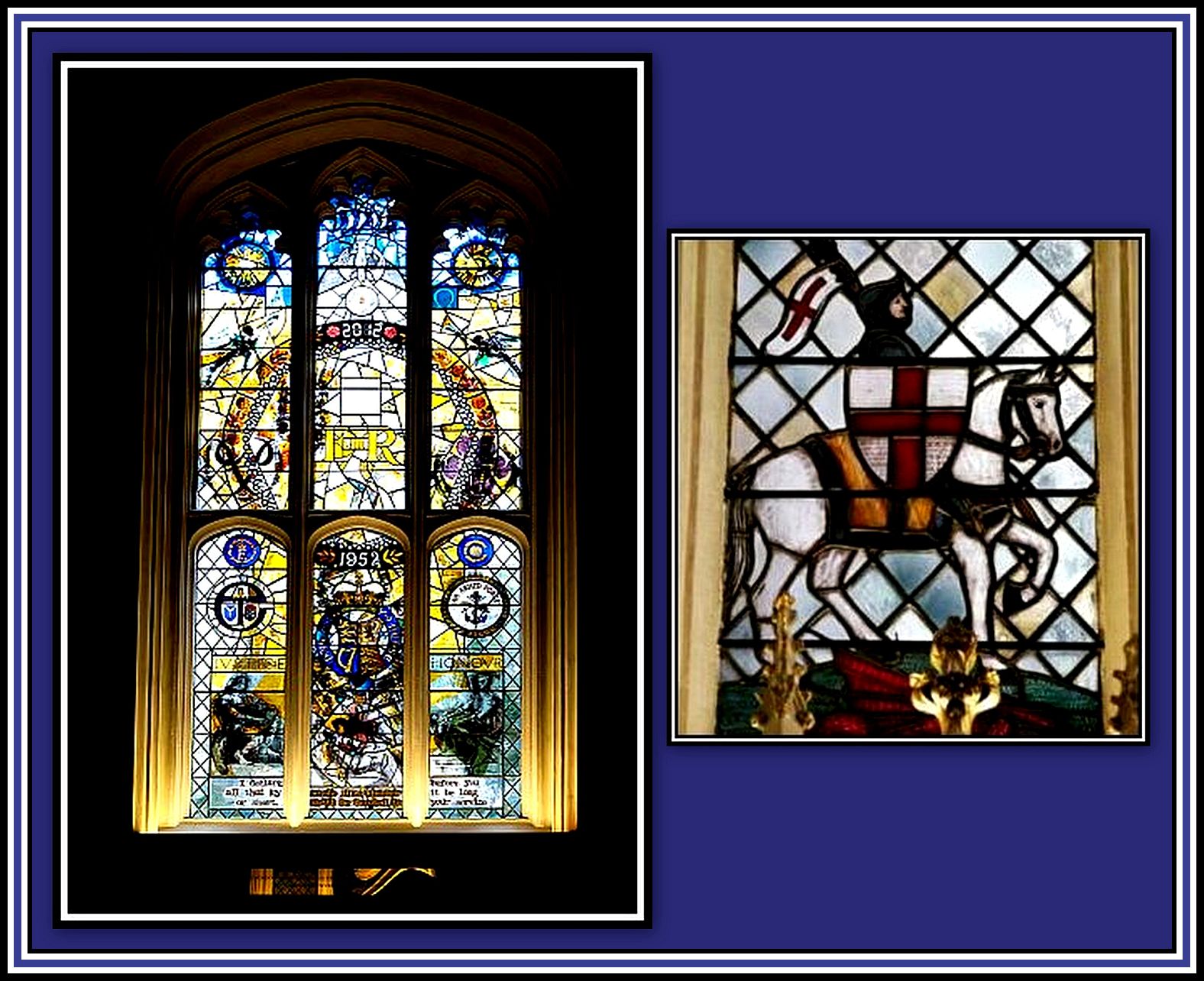 Stained Glass of the Savoy Chapel
Stained Glass of the Savoy Chapel
-oOo-
The Savoy Hotel was the first luxury hotel in London to install lifts and individual bathrooms in the more expensive rooms.
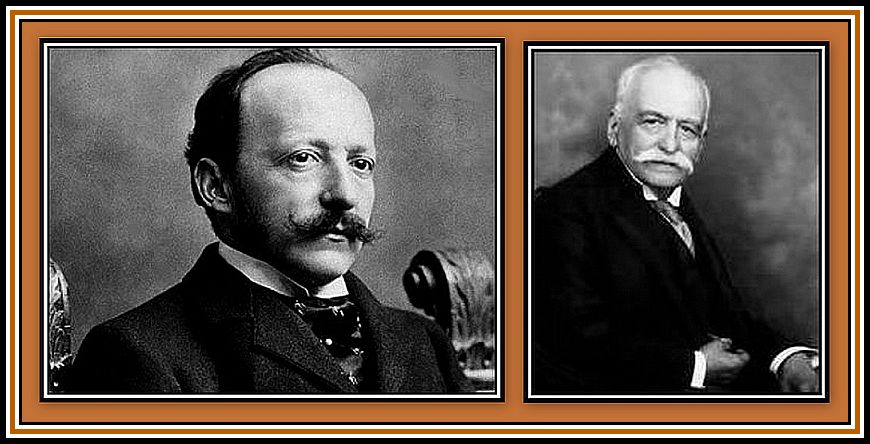 Left: César Ritz; Right: Auguste Escoffier
Left: César Ritz; Right: Auguste Escoffier
Mr. D’Oyly Carte hired César Ritz (1850-1918), as manager, and French chef, Auguste Escoffier (1846-1935), who helped establish an unprecedented standard of quality in hotel service and elegant dining. Entertainment was also considered of the first order at the Hotel thanks to its bands, the Savoy Orpheans and the Savoy Havana Band.
The Savoy Orpheans performing Baby Face in 1926
The Savoy Orpheans performing In the Still of the Night in1937
The Savoy Havana Band performing London Blues in 1923
The Savoy Havana Band performing Miss Anabelle Lee in 1927
-oOo-
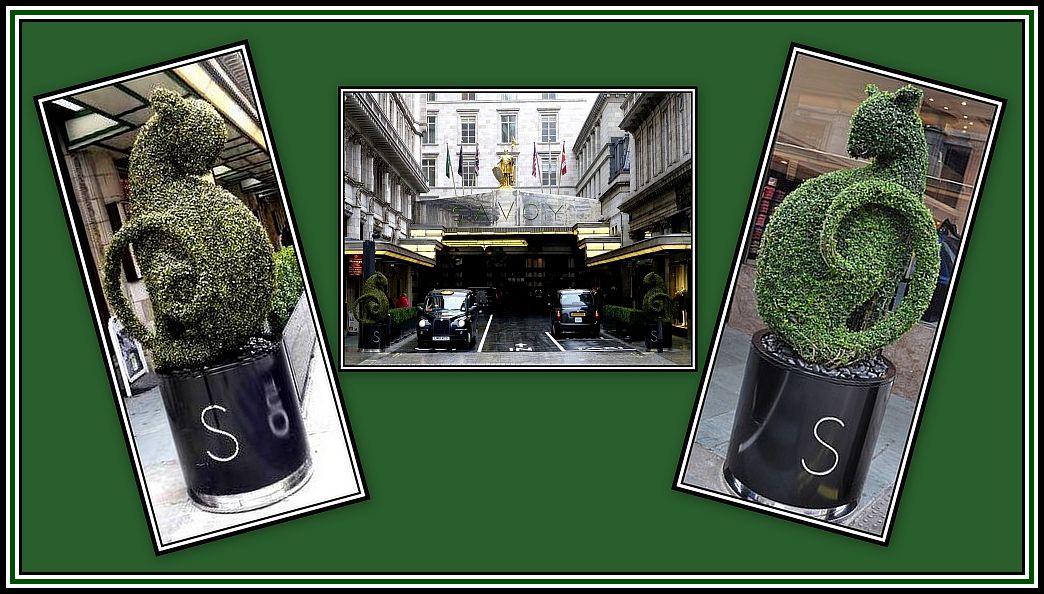 Kasper the Cat Bushes on each side of The Savoy Hotel Courtyard
Kasper the Cat Bushes on each side of The Savoy Hotel Courtyard
On each side of the courtyard entrance to the Savoy Hotel on (The) Strand, is a bush that is clipped in the form of a feline. These bushes attempt to replicate the carved statue commissioned by Mr. Basil Ionides in 1926 that was produced from a single piece of plane wood and known as Kasper the Cat and displayed in the Hotel.
Kasper the Cat
A tradition based on superstition has grown up involving Kasper! Seemingly, whenever there is a dining party of thirteen at the Hotel, the number is made up to fourteen by bringing the statue to the table and treating it as an extra guest. This entails putting a napkin around the statue’s neck and serving it each course!
The tradition came about in 1898 following the dinner party given by Mr. Woolf Joel (1863-1898), a diamond magnate, at the Hotel prior to his departure for South Africa. One guest stated that there was a belief where the earliest to leave a table of thirteen diners was destined to die first. Mr. Woolf Joel was apparently not bothered by the superstition and left the table first. A few weeks later, he was shot dead in his office in Johannesburg by Baron Kurt von Veltheim!
-oOo-
The Hotel attracted an elegant clientele immediately it opened and continues to do so. During the Second World War, Winston Churchill often took his cabinet to lunch here, and its air raid shelters were known as the smartest in London! It was at the Hotel that Princess Elizabeth was first seen in public with Prince Philip, and in 1953, it hosted a Coronation Ball for members of the Royal Family and other notables.
The Hotel remained in D’Oyly Carte hands until 1985 when Bridget D’Oyly Carte died leaving no children.
-oOo-
In 1989, The Savoy Hotel celebrated its Centenary. To commemorate this, a memorial was produced by Christopher Daniel and Sir Hugh Casson and installed in the Victoria Embankment Gardens behind the Hotel.
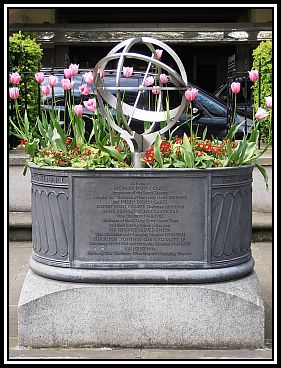 Savoy Hotel Centenary Memorial (1989) (Photograph by Ham II)
Savoy Hotel Centenary Memorial (1989) (Photograph by Ham II)
-oOo-
Today the Hotel is managed by Fairmont Hotels and Resorts and remains one of London’s most prestigious and opulent hotels. The Savoy Theatre was sold in 2005 to the Ambassador Theatre Group (ATG) and the Tulbart Group and in December 2013, ATG became to sole owner of the Theatre.
-oOo-
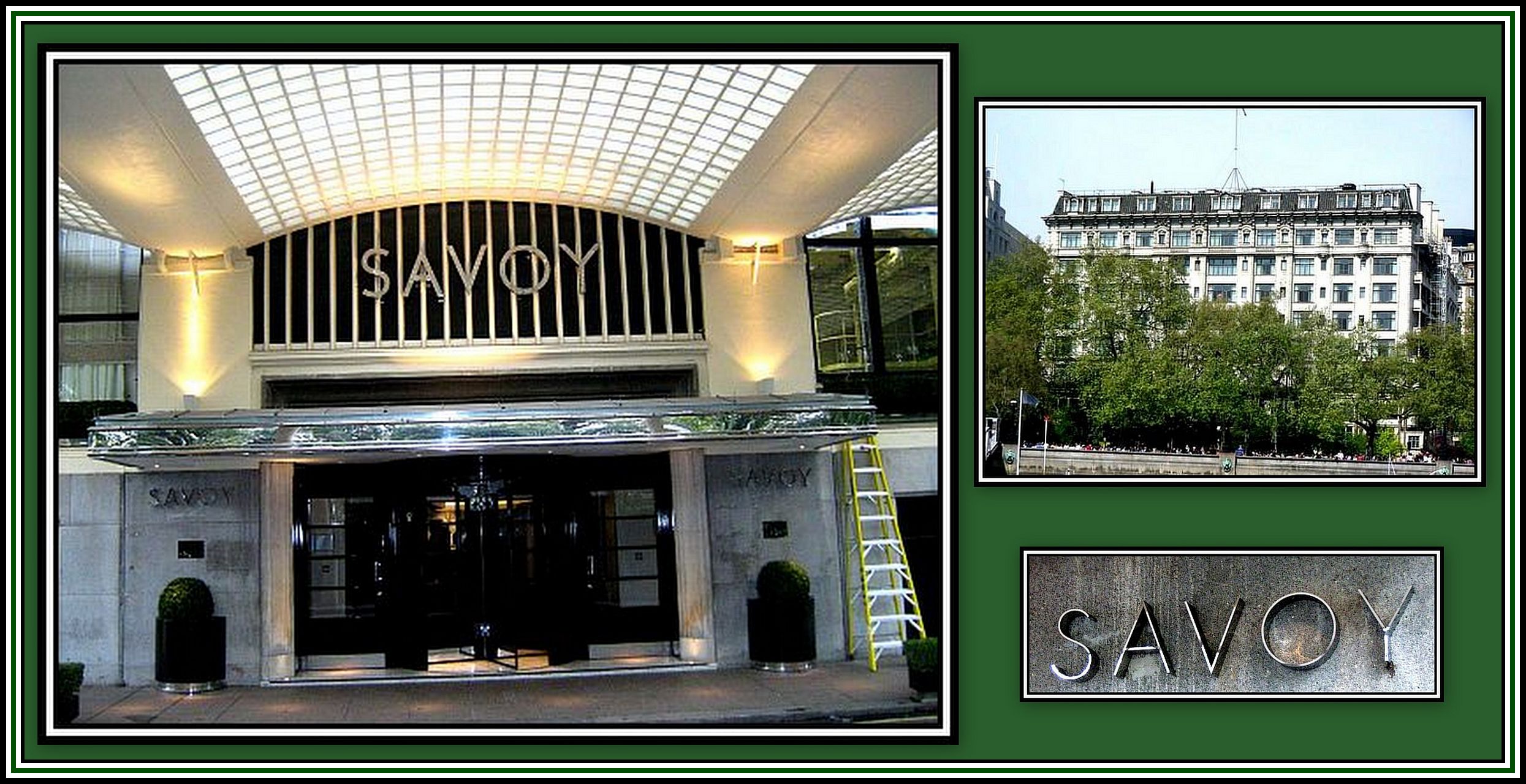 Rear Entrance and View of the Savoy Hotel from The Embankment
Rear Entrance and View of the Savoy Hotel from The Embankment
——oooOOOooo——
Click here to GO to PART FOUR: EMBANKMENT GARDENS
——oooOOOooo——
Click here to RETURN to PART TWO: FROM WESTMINSTER BRIDGE TO THE SHELL-MEX BUILDING
——oooOOOooo——
Click here to RETURN to A SERIES OF WALKS ALONG THE EMBANKMENT Home Page
——oooOOOooo——
Click here to GO to AN ADDITIONAL SET OF POSTCARDS OF OLD LONDON: THE EMBANKMENT by DAVE HILL
——oooOOOooo——
Click here to RETURN to the TABLE OF CONTENTS
——oooOOOooo——

